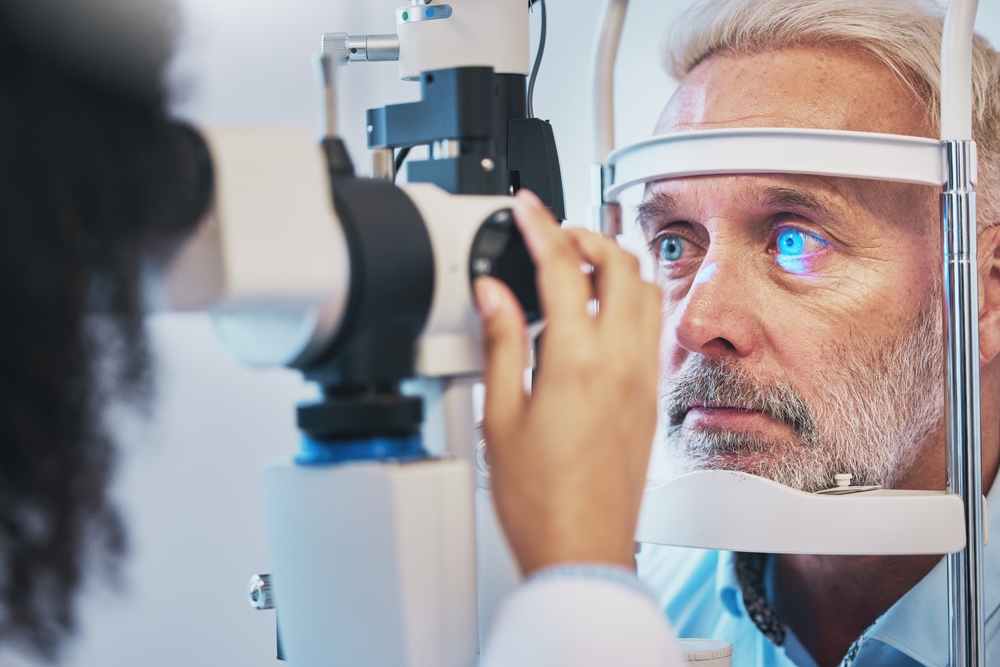
Glaucoma is often called the “silent thief of sight” because it can cause irreversible vision loss without noticeable symptoms in its early stages. Regular eye exams that include glaucoma testing are essential for detecting the condition early and preventing long-term damage. At Lakeview Optometry, we use advanced tools and techniques to assess your eye health and monitor for signs of glaucoma.
Understanding Glaucoma
Glaucoma is a group of eye diseases that damage the optic nerve, often due to elevated intraocular pressure (IOP). Left untreated, it can lead to peripheral vision loss and eventually blindness. While anyone can develop glaucoma, certain factors increase the risk, including age, family history, diabetes, and high eye pressure.
What Does Glaucoma Testing Involve?
Glaucoma testing isn’t just one test—it’s a series of evaluations that work together to detect early signs of optic nerve damage. Here's what a comprehensive glaucoma evaluation typically includes:
Tonometry: Tonometry measures the pressure inside your eye. At Lakeview Optometry, we use a non-contact (air puff) tonometer or an applanation tonometer for more precise measurements. Elevated eye pressure is one of the primary risk factors for glaucoma.
Ophthalmoscopy: Also known as a dilated eye exam, this test allows the optometrist to examine the shape and color of the optic nerve. Eye drops are used to widen your pupils, giving a clearer view of the back of your eye.
Perimetry (Visual Field Test): This test checks your peripheral vision. You’ll be asked to look straight ahead and respond to lights that appear in your side vision. A loss of peripheral vision can be an early indicator of glaucoma.
Gonioscopy: This test examines the drainage angle of your eye—the area where fluid exits the eye. It helps determine whether the glaucoma is open-angle or angle-closure, guiding the appropriate treatment plan.
Pachymetry: Pachymetry measures the thickness of your cornea. Corneal thickness can affect eye pressure readings, so this test helps ensure an accurate diagnosis.
Optical Coherence Tomography (OCT): OCT is a non-invasive imaging test that provides cross-sectional images of the optic nerve and retina. It helps detect changes in the nerve fibers before vision loss occurs.
Why Early Detection Matters
Glaucoma typically progresses slowly and without symptoms, making regular testing the best defense against vision loss. Early detection allows for timely treatment—usually in the form of medicated eye drops, laser therapy, or surgery—that can help preserve your vision for years to come.
Protect Your Vision at Lakeview Optometry
Glaucoma testing is a vital part of a comprehensive eye exam, especially for those at higher risk. At Lakeview Optometry, we are committed to using the latest diagnostic technology to protect your sight and catch potential issues early. Remember, vision loss from glaucoma is preventable with early detection and treatment.
Schedule your glaucoma exam at Lakeview Optometry, and take a proactive step toward protecting your vision. Visit our office in Monticello, Indiana, or call (574) 583-5531 to book an appointment today.








